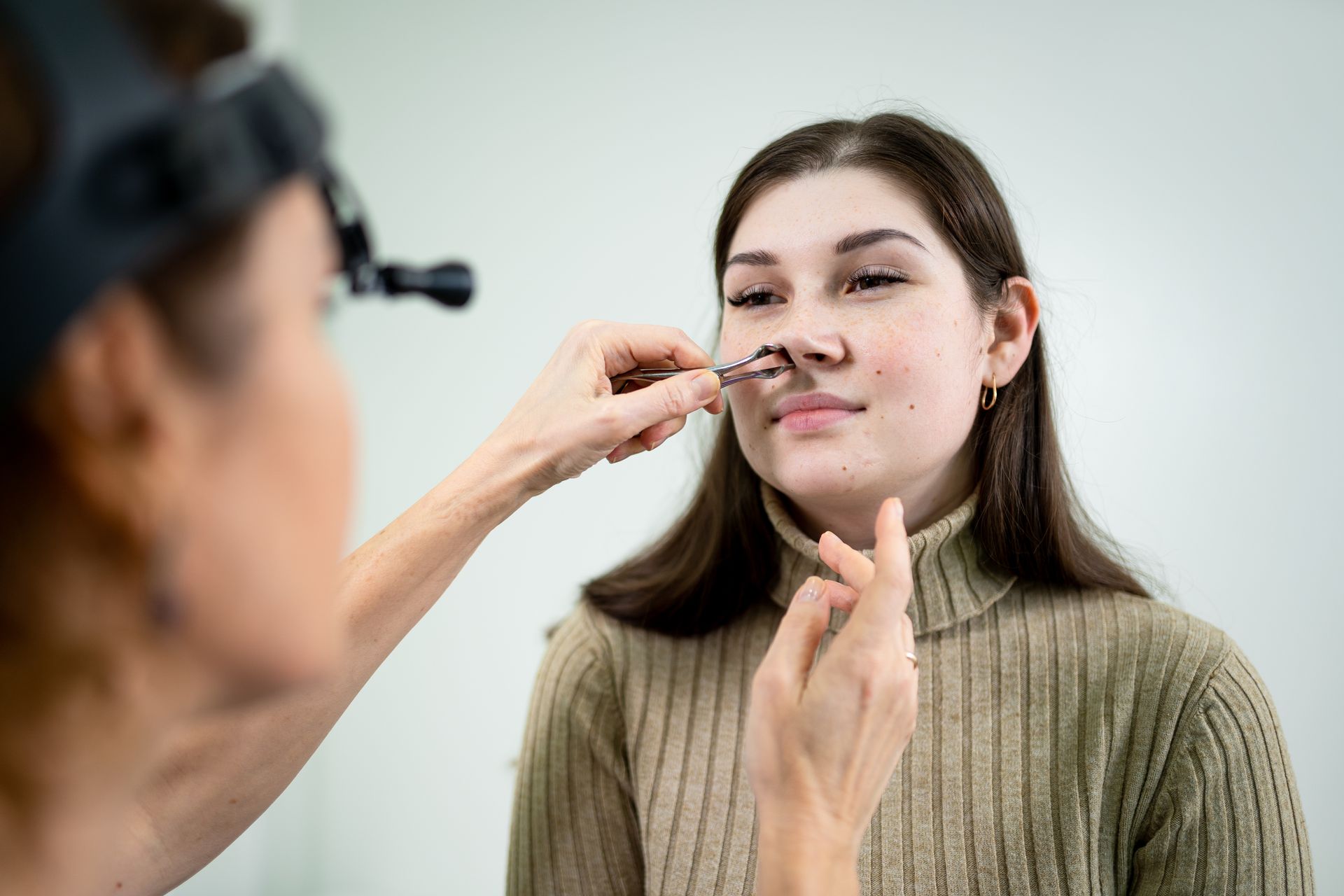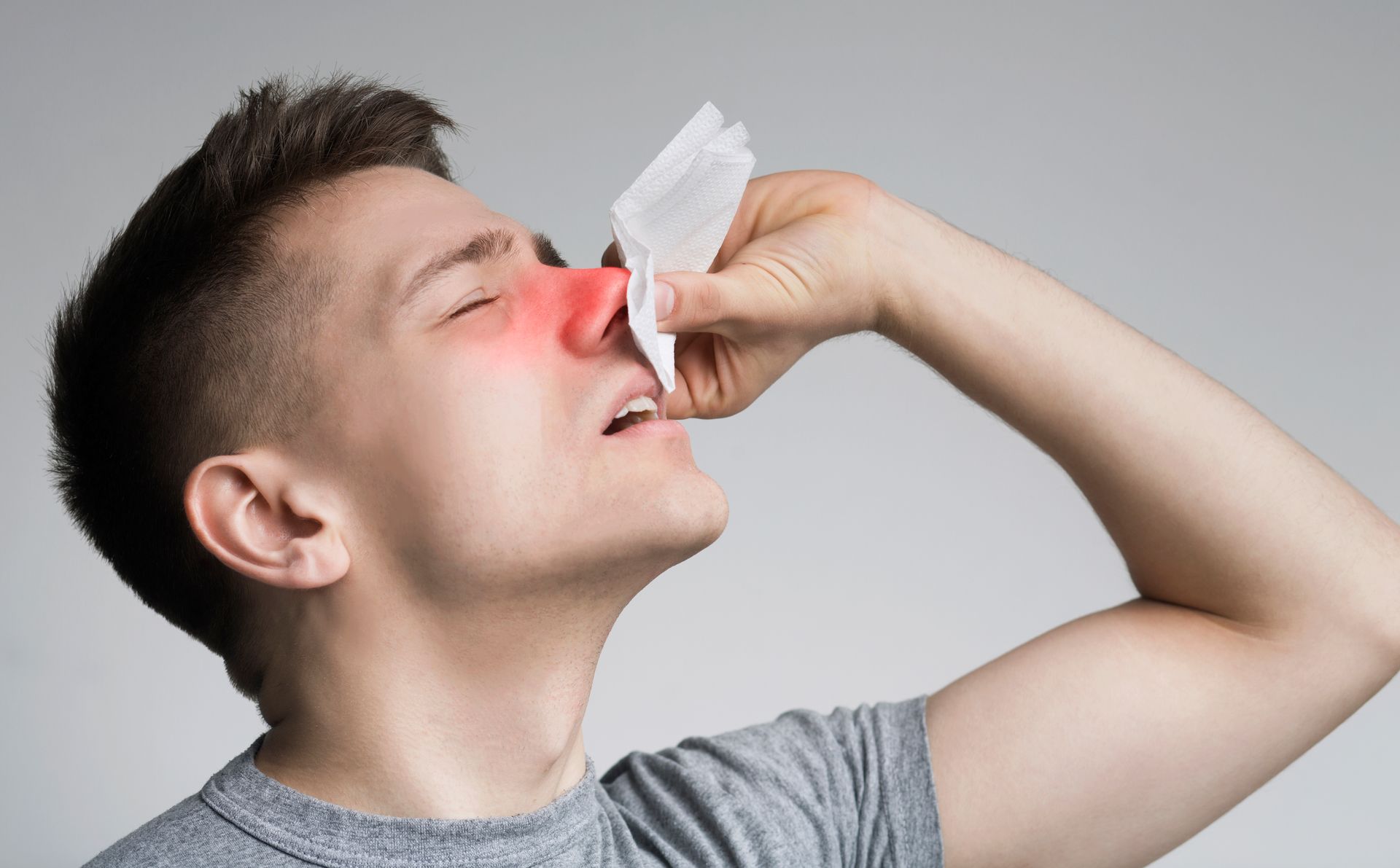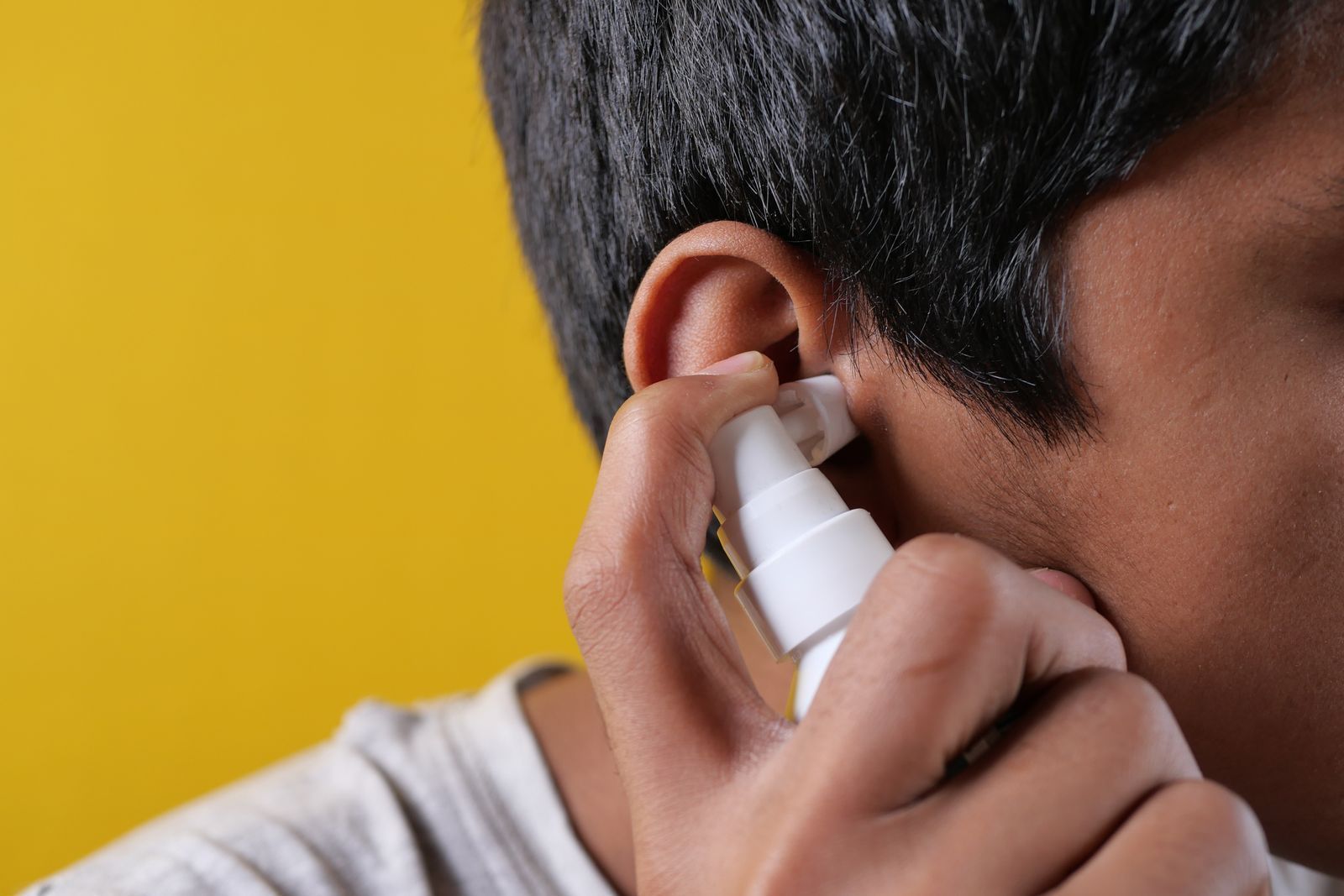When is Turbinate Reduction Necessary?
Nasal congestion can severely diminish the quality of life. Inferior turbinate reduction is a key procedure for enhancing nasal airflow by alleviating nasal obstruction from inferior turbinate hypertrophy. This blog post examines the indications for this effective surgical approach to improved nasal breathing.
What are the Nasal Turbinates?
Before exploring when turbinate reduction might be necessary, it's important to grasp the function of nasal turbinates in respiratory health. Nasal turbinates, or conchae, are bony structures lined with mucous membranes situated within the nasal passages. They help our respiratory system by humidifying, filtering, and regulating the airflow of the air we inhale. There are three types of nasal turbinates:
- Inferior Turbinates: These structures are the largest of the turbinates and are located on the lower part of the nasal passages. They are primarily responsible for regulating airflow and warming the air as it enters the nasal cavities.
- Middle Turbinates: Positioned above the inferior turbinates, these help to protect the sinus openings and further filter and condition the air.
- Superior Turbinates: The smallest and located highest in the nasal passages, their main function is to filter and humidify the air reaching the higher regions of the nasal cavity.
Types of Turbinate Reduction Procedures
Turbinate reduction surgery aims to reduce the size of nasal turbinates, mainly the inferior turbinates, to alleviate nasal obstruction and improve breathing. There are different types of turbinate reduction procedures that can be performed, including radiofrequency turbinate reduction, turbinate submucosal resection, and turbinate coblation. Each procedure targets the turbinate tissue to reduce its size and improve airflow in the nasal passages. Seeing an ENT specialist helps determine if turbinate reduction is a suitable treatment based on individual symptoms and medical history.
Symptoms and Conditions Requiring Turbinate Reduction
Chronic Nasal Congestion
Individuals experiencing persistent nasal congestion that fails to respond to conservative treatments such as nasal sprays or allergy medications may benefit from turbinate reduction. Enlarged turbinates can obstruct airflow, leading to chronic congestion and difficulty breathing through the nose.
Snoring
Restricted nasal airflow due to enlarged turbinates can contribute to snoring from nasal breathing difficulties. Turbinate reduction can help widen the nasal passages, allowing for improved airflow and enhanced breathing comfort.
Recurrent Sinus Infections
Enlarged turbinates can occur along with recurring sinus infections and worsen the obstruction in nasal airflow and drainage in the nasal passages. Addressing turbinate enlargement during sinus surgery can help further alleviate symptoms associated with sinus infections.
Nasal Polyps
In cases where nasal polyps are accompanied by turbinate enlargement, turbinate reduction may be necessary to address both issues simultaneously. By reducing the size of the turbinates, nasal polyps can be better managed, leading to improved nasal function and reduced symptoms.
Benefits of Turbinate Reduction
Studies indicate that the average success rate for turbinate reduction is 82%. The main benefit of turbinate reduction is increased nasal airflow resulting in enhanced breathing capacity and reduced nasal congestion.
If chronic nasal congestion symptoms impact your daily life, consulting an ENT specialist for proper diagnosis is important. Kentuckiana Ear, Nose and Throat is dedicated to providing efficient and accessible care to patients in Kentucky and southern Indiana. Feel free to call us at 502-894-8441 or schedule an appointment for guidance on whether turbinate reduction is a suitable treatment option for you.













